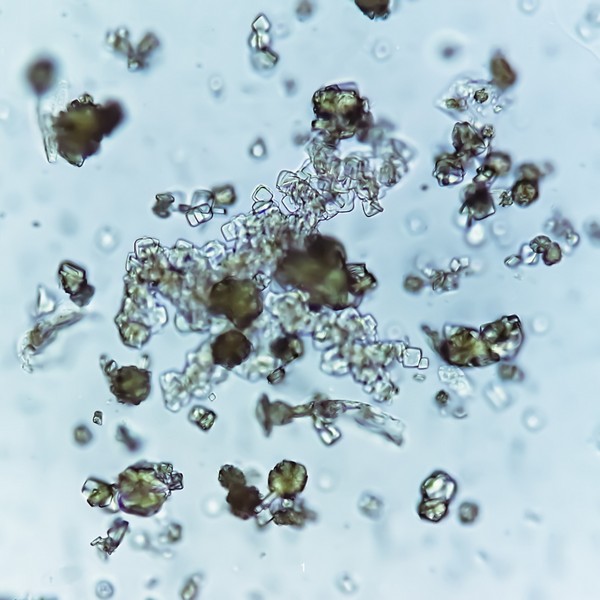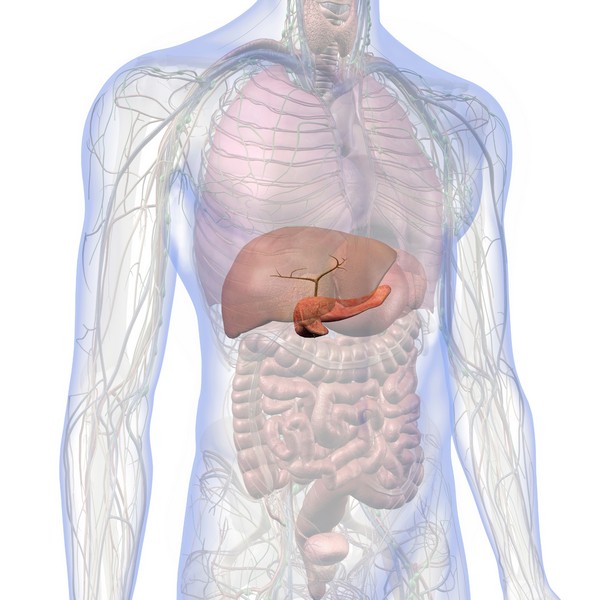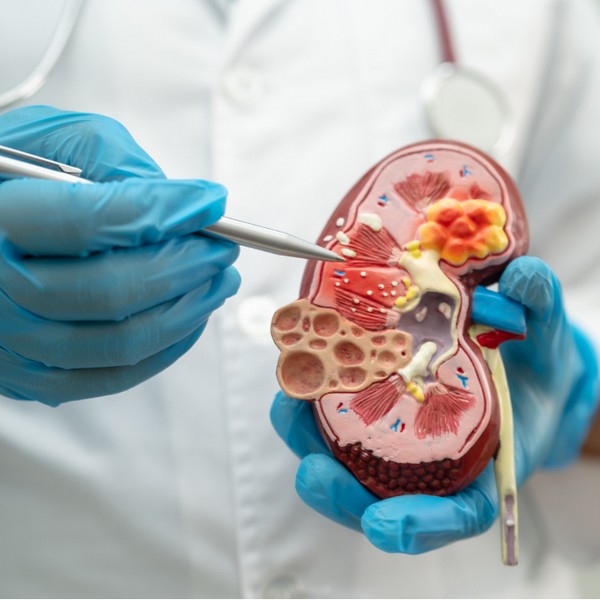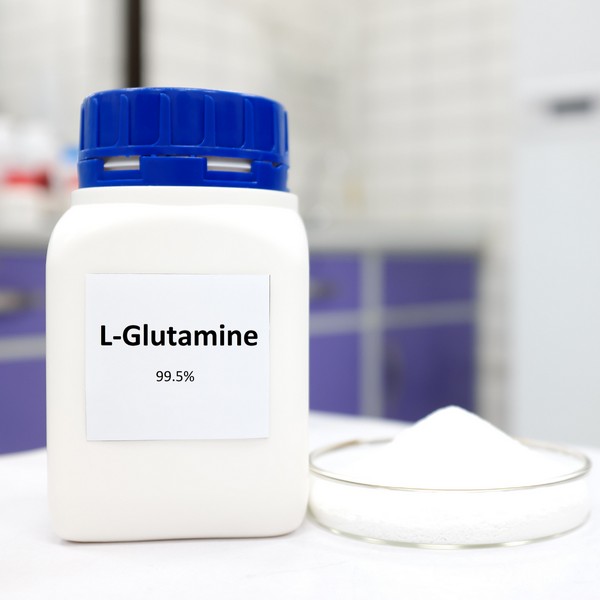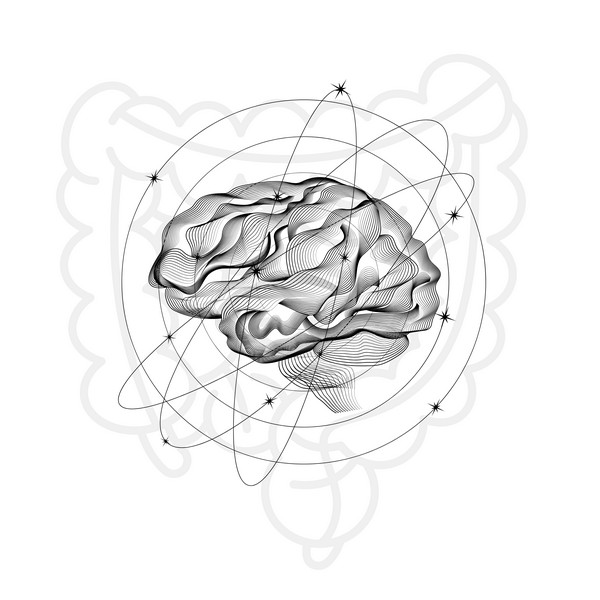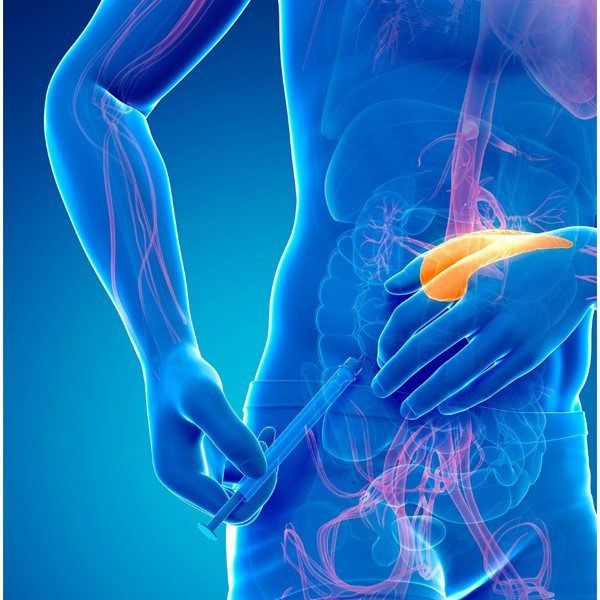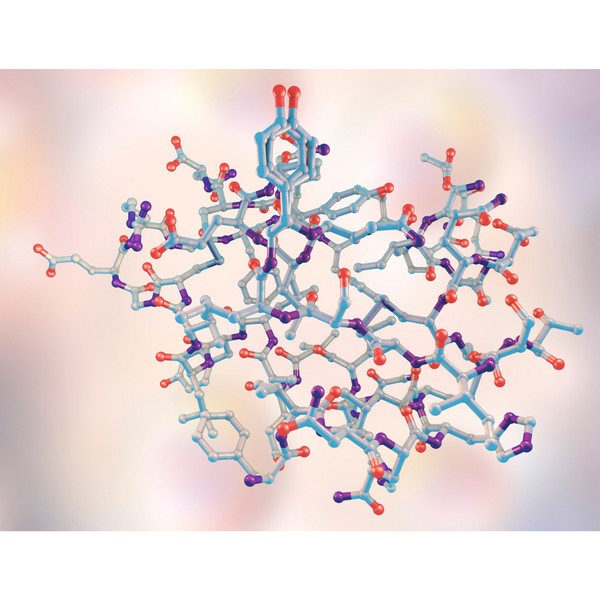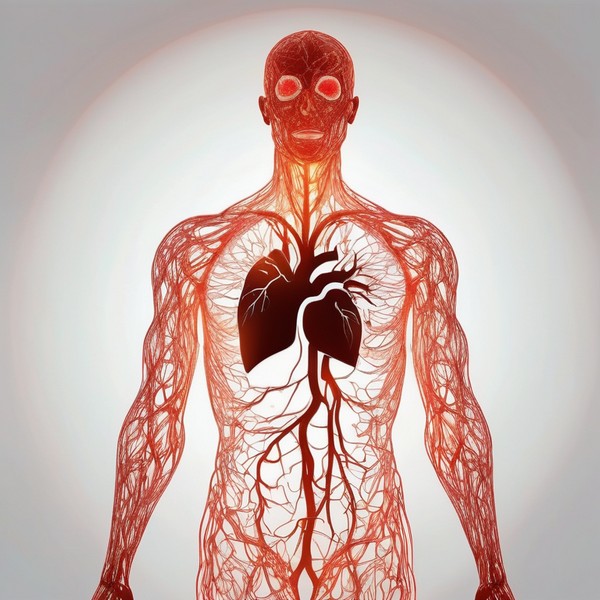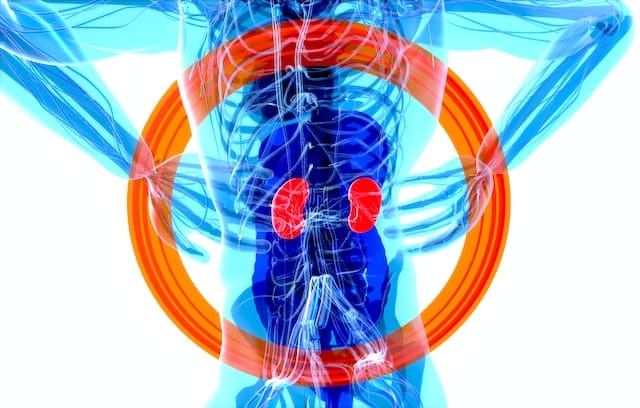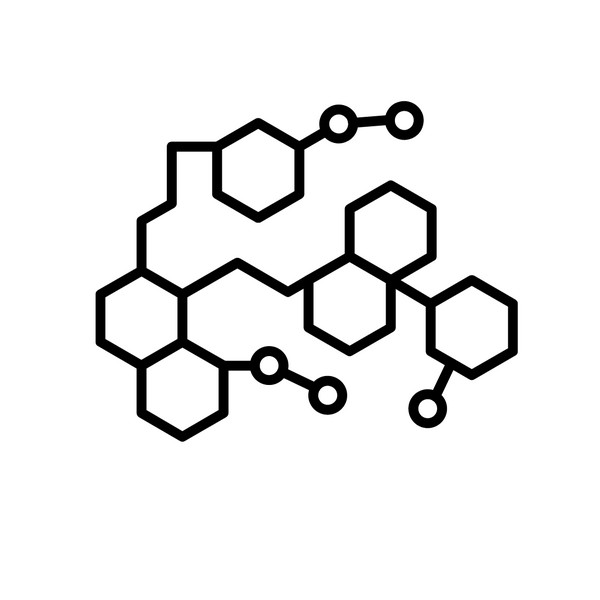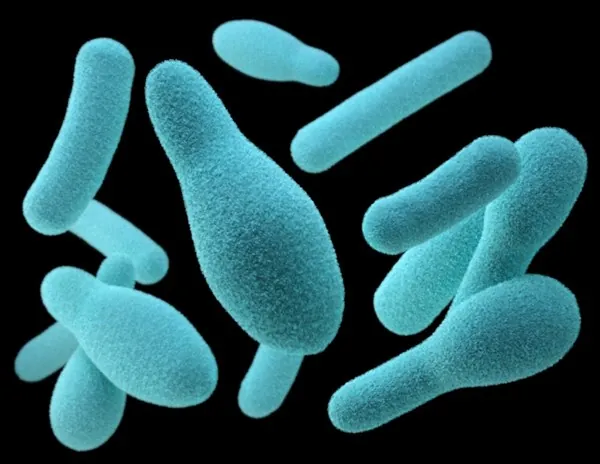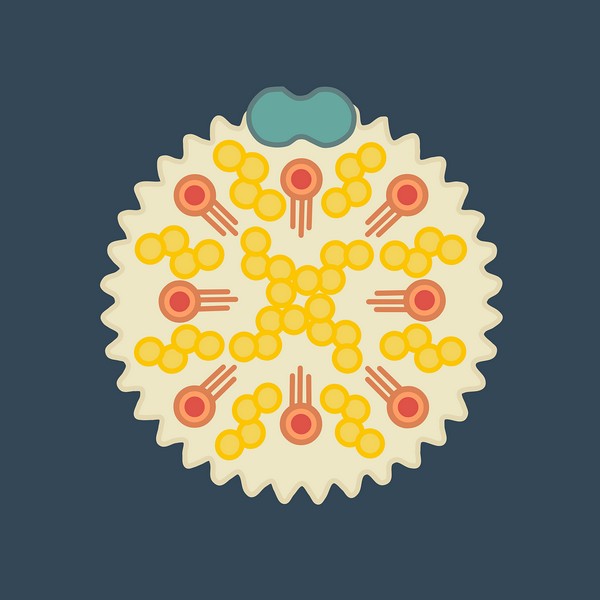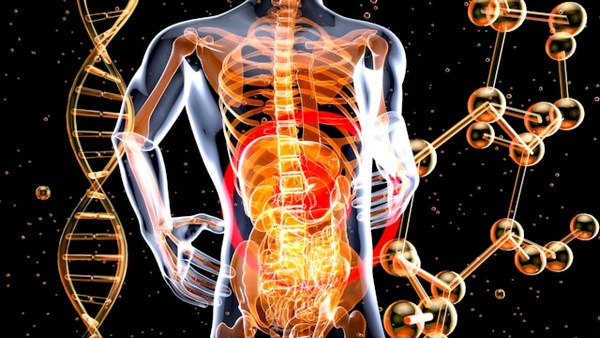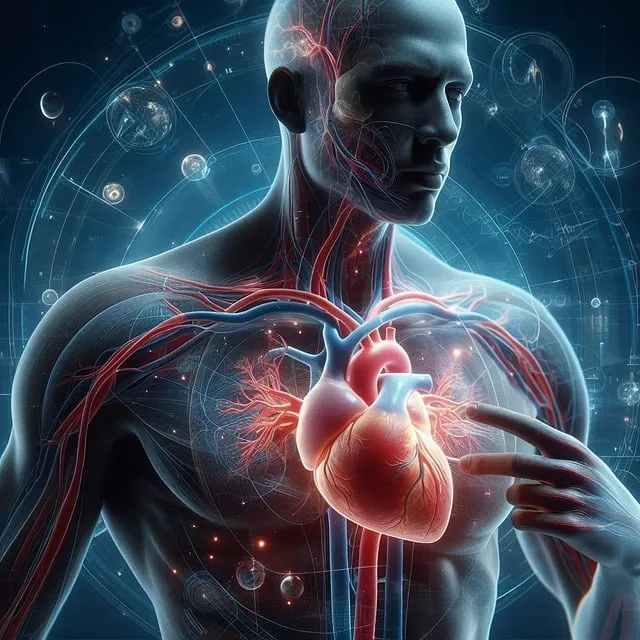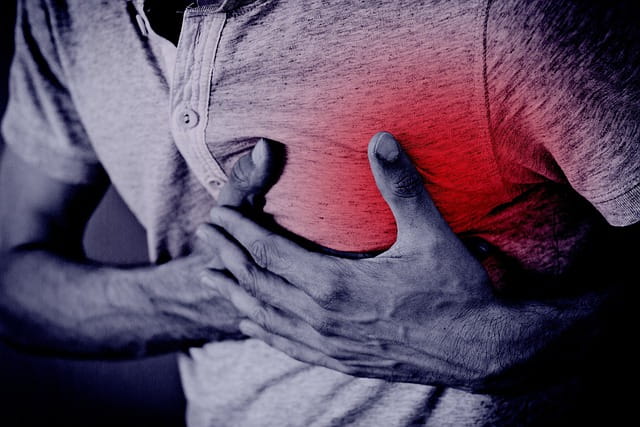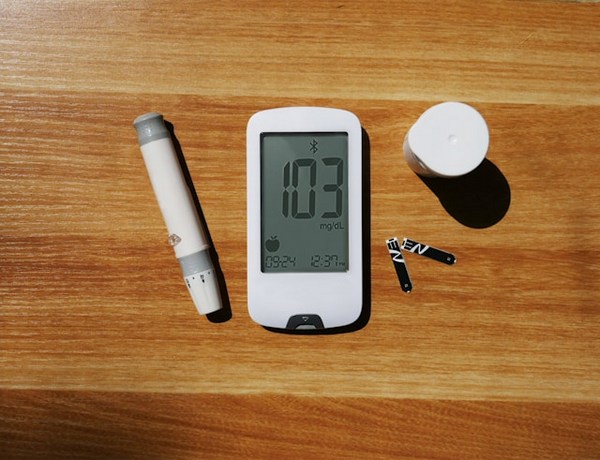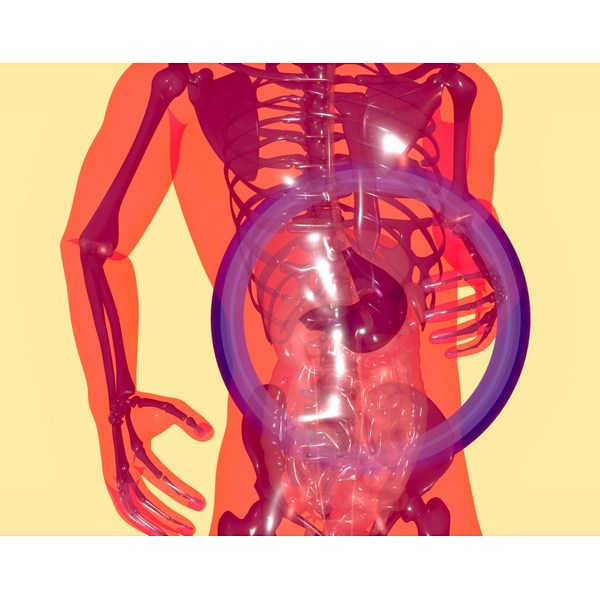Key Takeaways
- Alcohol is metabolized primarily in the liver, producing acetaldehyde, a toxic byproduct.
- Chronic alcohol consumption leads to liver damage, including fatty liver, hepatitis, and cirrhosis.
- Alcohol affects the brain, impairing cognitive function, coordination, and judgment.
- Alcohol dependency and addiction can result in serious social, psychological, and health issues.
- Excessive drinking increases the risk of various cancers, cardiovascular diseases, and pancreatitis.
Understanding Alcohol Metabolism

Metabolism Process
Alcohol, primarily ethanol, is absorbed into the bloodstream through the stomach and small intestine. The liver is the primary organ responsible for metabolizing alcohol.
- Ethanol Breakdown: Alcohol dehydrogenase (ADH) converts ethanol into acetaldehyde, a toxic substance.
- Acetaldehyde Breakdown: Acetaldehyde dehydrogenase (ALDH) further metabolizes acetaldehyde into acetate, a less harmful compound.
- Acetate Conversion: Acetate is broken down into water and carbon dioxide, which are excreted from the body.
Toxic Byproducts
- Acetaldehyde: This intermediate metabolite is highly reactive and toxic. It can cause DNA damage, protein dysfunction, and is implicated in carcinogenesis.
- Reactive Oxygen Species (ROS): Alcohol metabolism generates ROS, leading to oxidative stress and cellular damage.
Health Risks Associated with Alcohol Consumption
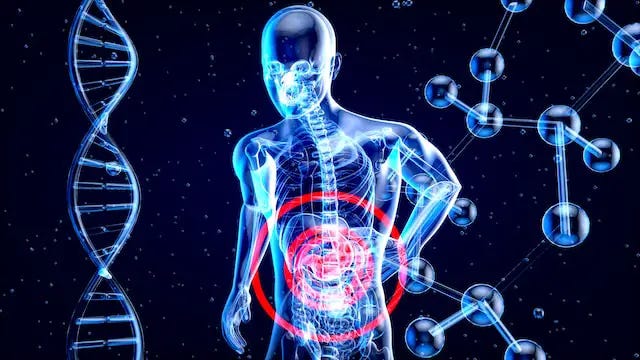
Liver Damage
- Fatty Liver (Steatosis): Accumulation of fat in liver cells, reversible with abstinence.
- Alcoholic Hepatitis: Inflammation of the liver, potentially reversible but can be severe.
- Cirrhosis: Irreversible scarring of liver tissue, leading to liver failure.
Brain and Cognitive Impairment
- Short-term Effects: Impaired judgment, coordination, and reaction time.
- Long-term Effects: Cognitive deficits, memory impairment, and increased risk of dementia.
Cancer Risk
Excessive alcohol consumption is linked to several cancers:
- Oral, Esophageal, and Throat Cancer: Acetaldehyde can damage mucosal cells.
- Liver Cancer: Chronic inflammation and cirrhosis increase cancer risk.
- Breast Cancer: Alcohol can increase estrogen levels, contributing to cancer risk.
Cardiovascular Diseases
- Hypertension: Alcohol can raise blood pressure.
- Cardiomyopathy: Chronic drinking weakens heart muscles.
- Stroke: Both hemorrhagic and ischemic stroke risks are elevated.
Pancreatitis
- Acute Pancreatitis: Inflammation of the pancreas causing severe abdominal pain.
- Chronic Pancreatitis: Long-term inflammation leading to pancreatic damage and diabetes.

Psychological and Social Impact
Alcohol Dependency and Addiction
- Alcohol Use Disorder (AUD): Characterized by an inability to control drinking, craving, and withdrawal symptoms.
- Social Consequences: Relationship issues, job loss, and legal problems.
Mental Health
- Depression and Anxiety: Alcohol can exacerbate mental health issues.
- Sleep Disorders: Disrupts sleep patterns, leading to insomnia and poor sleep quality.

Conclusion
Understanding the dangers of alcohol consumption highlights the importance of moderation and awareness. The liver, tasked with metabolizing alcohol, produces toxic byproducts like acetaldehyde, which can cause significant damage to the body.
Chronic drinking can lead to severe liver conditions, impair cognitive functions, and increase the risk of various cancers and cardiovascular diseases.
Moreover, alcohol dependency can result in numerous social and psychological issues, making it a critical public health concern. Being informed about these risks and recognizing the signs of alcohol dependency can help individuals make healthier choices and seek help when needed.
Prioritizing health and well-being over alcohol consumption can lead to a more fulfilling and healthier life.
FAQs
How much alcohol is considered safe to drink?
Moderate drinking is defined as up to one drink per day for women and up to two drinks per day for men. However, no level of alcohol consumption is considered completely safe.
Can alcohol consumption affect fertility?
Yes, excessive drinking can affect both male and female fertility. It can disrupt menstrual cycles in women and reduce sperm quality in men.
What are the signs of alcohol dependency?
Signs include craving alcohol, inability to limit drinking, withdrawal symptoms when not drinking, and continuing to drink despite knowing the risks.
Can the liver recover from alcohol damage?
The liver has a remarkable ability to regenerate. Early-stage damage like fatty liver can often be reversed with abstinence. However, advanced conditions like cirrhosis are irreversible.
Is alcohol consumption linked to weight gain?
Yes, alcohol is calorie-dense and can contribute to weight gain. Additionally, it can affect metabolism and lead to poor dietary choices.
Research
Brust, J.C., 2022. Stroke and Substance Abuse. Stroke (Seventh Edition), pp.563-572.e15. https://doi.org/10.1016/B978-0-323-69424-7.00039-9
Clark, V.A., Chapman, J.M. and Coulson, A.H., 1967. Effects of various factors on systolic and diastolic blood pressure in the Los Angeles Heart Study. Journal of Chronic Diseases, 20(8), pp.571-581.
Dawson, D.A., 2000. Alcohol consumption, alcohol dependence, and all‐cause mortality. Alcoholism: Clinical and Experimental Research, 24(1), pp.72-81.
Dawson, D. A., Goldstein, R. B., Saha, T. D., & Grant, B. F. (2015). Changes in alcohol consumption: United States, 2001–2002 to 2012–2013. Drug and Alcohol Dependence, 148, 56-61.
https://doi.org/10.1016/j.drugalcdep.2014.12.016
Fuchs, C.S., Stampfer, M.J., Colditz, G.A., Giovannucci, E.L., Manson, J.E., Kawachi, I., Hunter, D.J., Hankinson, S.E., Hennekens, C.H., Rosner, B. and Speizer, F.E., 1995. Alcohol consumption and mortality among women. New England Journal of Medicine, 332(19), pp.1245-1250.
Gutjahr, E., Gmel, G. and Rehm, J., 2001. Relation between average alcohol consumption and disease: an overview. European Addiction Research, 7(3), pp.117-127.
Gyntelberg, F. and Meyer, J., 1974. Relationship between blood pressure and physical fitness, smoking and alcohol consumption in Copenhagen males aged 40–59. Acta Medica Scandinavica, 195(1‐6), pp.375-380.
Klatsky, A.L., Friedman, G.D., Siegelaub, A.B. and Gérard, M.J., 1977. Alcohol consumption and blood pressure: Kaiser-Permanente multiphasic health examination data. New England Journal of Medicine, 296(21), pp.1194-1200.
Li, T.K., Hewitt, B.G. and Grant, B.F., 2004. Alcohol use disorders and mood disorders: a National Institute on Alcohol Abuse and Alcoholism perspective. Biological Psychiatry, 56(10), pp.718-720.
Midanik, L.T. and Room, R., 1992. The epidemiology of alcohol consumption. Alcohol Health Res World, 16(3), pp.183-190.
McGinnis, J.M. and Foege, W.H., 1993. Actual causes of death in the United States. JAMA, 270(18), pp.2207-2212.
Padovan, J. C., Dourado, T. M., Pimenta, G. F., & Tirapelli, C. R. (2023). Reactive Oxygen Species Are Central Mediators of Vascular Dysfunction and Hypertension Induced by Ethanol Consumption. Antioxidants, 12(10), 1813. https://doi.org/10.3390/antiox12101813
Pierson, S.R., Kolling, L.J., James, T.D., Pushpavathi, S.G., & Marcinkiewcz, C.A., 2024. Serotonergic dysfunction may mediate the relationship between alcohol consumption and Alzheimer’s disease. Pharmacological Research, 203, 107171. https://doi.org/10.1016/j.phrs.2024.107171
Rehm, J., Room, R., Monteiro, M., Gmel, G., Graham, K., Rehn, N., Sempos, C.T., Frick, U., Jernigan, D., Ezzati, M. and Lopez, A.D., 2004. Alcohol use.
Room, R., Babor, T. and Rehm, J., 2005. Alcohol and public health. Lancet, 365(9458), pp.519–530. https://doi.org/10.1016/s0140-6736(05)17870-2
Ritchie, H. and Roser, M., 2023. Alcohol consumption. Our World in Data.
Sherman, D. and Watson, R.R., 2002. Ethanol and the liver: mechanisms and management. CRC Press.
Thangameeran, S. I., Wang, P., Liew, H., & Pang, C. (2024). Influence of Alcohol on Intracerebral Hemorrhage: From Oxidative Stress to Glial Cell Activation. Life, 14(3), 311.
https://doi.org/10.3390/life14030311
Wagner, C., Cristian Carmeli, Jackisch, J., Kivimäki, M., Bernadette, Stéphane Cullati and Arnaud Chiolero, 2024. Life course epidemiology and public health. The Lancet Public Health, 9(4), pp.e261–e269. https://doi.org/10.1016/s2468-2667(24)00018-5
Uric Acid: Effects & Management
Key Takeaways Uric acid plays a central role in metabolic health and oxidative stress regulation. Elevated uric acid levels are linked to gout, metabolic syndrome,…
Metabolic Syndrome: Managing This Health Risk
Key Takeaways Metabolic syndrome is a cluster of conditions increasing the risk of heart disease, stroke, and diabetes. Symptoms include high blood pressure, high blood…
7 Simple Tips for Lowering Blood Pressure Naturally
Maintaining healthy blood pressure levels is essential for overall well-being, as high blood pressure can lead to serious health complications. However, it is possible to…
Parkinson’s Disease : Symptoms, Causes & Treatment
Key Takeaways Parkinson’s disease is a progressive neurological disorder that affects movement and coordination. Oxidative stress and excess iron are significant factors in the progression…
Non-Alcoholic Fatty Liver Disease (NAFLD)
Key Takeaways NAFLD involves fat buildup in the liver not caused by alcohol. Commonly associated with obesity, insulin resistance, and metabolic syndrome. NAFLD can lead…
Chronic Kidney Disease (CKD): Causes & Treatment
Key Takeaways Ultra-processed foods and high carbohydrate intake worsen inflammation, harming kidney function. Iron overload leads to oxidative stress, which accelerates CKD progression. Copper is…
Alzheimer’s Disease: Symptoms, Causes, Treatment
Key Takeaways Alzheimer’s disease is a progressive neurodegenerative disorder affecting memory, thinking, and behavior. Oxidative stress, including from excess iron, plays a significant role in…
L-Glutamine and Gut Health: Benefits and Side Effects
Key Takeaways L-Glutamine is essential for gut health. Benefits include improved digestion and reduced inflammation. Potential side effects are rare but can occur in high…
Supporting Mental Health with Gut Health
Key Takeaways Gut-Brain Connection: Gut health is directly linked to mental wellbeing through the gut-brain axis. Probiotics: Beneficial bacteria that help regulate mood and support…
Diabetes: Everything You Need to Know
Insulin Resistance: What It Is & How to Manage It
Key Takeaways Insulin resistance leads to high blood sugar when cells stop responding to insulin. Often connected to obesity, poor diet, and physical inactivity. Symptoms…
Boost Insulin Sensitivity Naturally
Key Takeaways Improving insulin sensitivity helps control blood sugar and reduces the risk of metabolic disorders. Regular physical activity enhances how cells respond to insulin….
Travel Hygiene Tips: Stay Fresh on the Go
Key Highlights Key practices include frequent handwashing, showering, and oral care. Packing a portable hygiene kit can help you stay fresh on the go. Advanced…
Iron Overload: Symptoms & Prevention Tips
Key Takeaways: Iron overload happens when the body absorbs excessive iron, which can damage organs. Common symptoms include fatigue, joint pain, and skin changes. Early…
Histamine: What You Should Know
Key Takeaways Histamine’s Role: Vital in immune responses, digestion, and as a neurotransmitter in the central nervous system. Histamine Production: Produced in mast cells and…
Metabolic Health: What It Means and How to Improve It
Key Takeaways Metabolic health reflects how well your body processes energy and maintains stable blood sugar, cholesterol, and blood pressure. Key indicators of metabolic health…
Vegetable Oil: Health Risks You Might Not Know
Key Takeaways: Omega-6 fats from vegetable oils cause oxidative stress and inflammation. Reducing omega-6 intake and using stable fats can lower health risks. High triglycerides…
Is Eating Sugar Really That Bad For Your Health?
Should You Really Be Concerned? In short, YES! Thank you, that’s all folks, and do have a good evening. Seriously though, extensive research has established…
7 Remedies for Kidney Stones: A Comprehensive Guide
Key Takeaways Staying well-hydrated and adopting a balanced diet can help prevent kidney stones. Knowing the causes of kidney stones can inform effective prevention strategies….
Triglycerides: Levels & Range Explained
Key Highlights Triglycerides are the most common form of fat in the body play a role in energy storage High levels of triglycerides can increase…
Signs of Diabetes: Recognizing the Red Flags
Key Takeaways Increased Thirst and Urination: High blood sugar leads to dehydration, causing excessive thirst and frequent urination. Unexplained Weight Loss: Diabetes can cause the…
How to Lower Triglycerides Fast: Natural Solutions
Key Highlights Triglycerides, a type of fat found in the blood, are essential indicators of metabolic health. Elevated triglyceride levels increase the risk of heart…
High Homocysteine: How to Manage Levels
Key Takeaways: Elevated homocysteine can raise the risk of heart disease and other health problems. Animal-based foods high in B vitamins help reduce homocysteine levels….
Postbiotics: What They Are and Why They Are Important
Key Takeaways Postbiotics 101: They’re beneficial by-products from probiotics that consume prebiotics Boosts Immunity: Postbiotics sharpen your immune system, helping fight off pathogens and reducing…
Remnant Cholesterol (RC): Its Origins & Impact
Key Takeaways Remnant cholesterol (RC) is the cholesterol content left in the blood after triglycerides are removed from VLDL and IDL particles. RC is a…
SIBO Bloating: Causes, Diet, & Management Tips
Key Takeaways SIBO disrupts gut bacteria balance, causing bloating, pain, and nutrient absorption issues. Symptoms include bloating, abdominal pain, diarrhea, constipation, weight loss, and fatigue….
Dialysis: Benefits & Challenges
Key Takeaways Dialysis removes waste and excess fluid from the blood when kidneys cannot function. Two main types: hemodialysis (machine-based) and peritoneal dialysis (abdomen-based). Dialysis…
Atherosclerosis Prevention Strategies: Insights from Scientific Research
Key Takeaways Atherosclerosis is the hardening and narrowing of arteries caused by plaque buildup. Chronic inflammation and oxidative stress contribute to the development of plaque….
Allergy-Friendly Pets
Key Highlights Hypoallergenic pets are great for people with pet allergies, as they produce fewer allergens like dander, saliva, and proteins that can trigger symptoms….
Coping with Pet Allergies: Tips & Advice
Key Highlights Pet allergies often cause sneezing, coughing, itchy eyes, and skin rash. Pet allergens are in the saliva, urine, and dander of furry animals….
Proteolytic Enzymes and Heart Health: What the Research Shows
Your heart works tirelessly to pump blood throughout your body, delivering essential nutrients and oxygen to your cells. However, factors like poor diet, stress, and…
Inflammation: Causes & Effects
Key Takeaways Inflammation is the body’s response to injury or infection, but chronic inflammation can lead to health problems. Iron overload from artificial sources and…
Quit Sugar for 14 Days: What Happens to Your Body?
Key Takeaways: Immediate Health Benefits of Reducing Sugar: In just two weeks, enjoy enhanced energy levels, weight loss, a reduced risk of chronic diseases, and…
